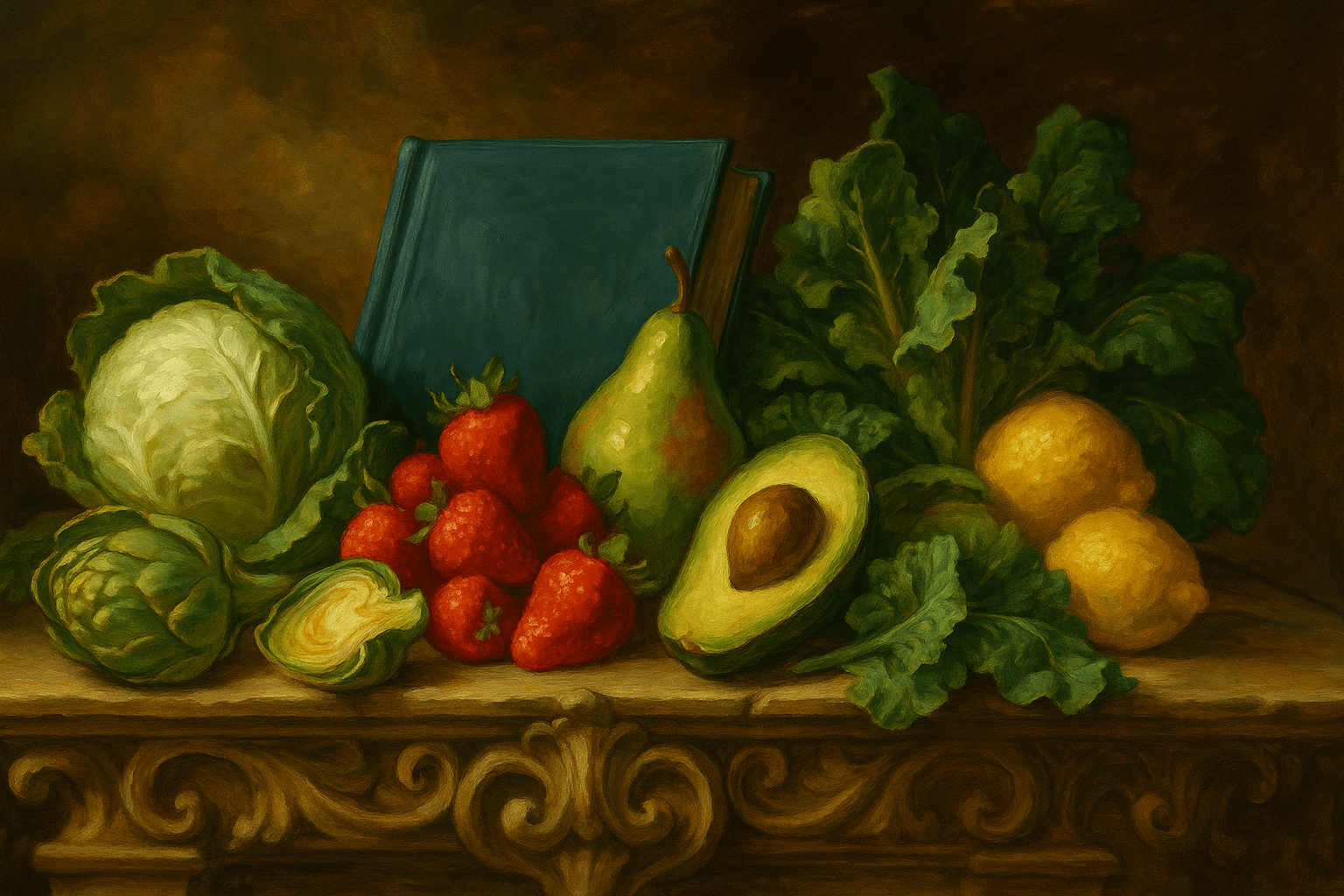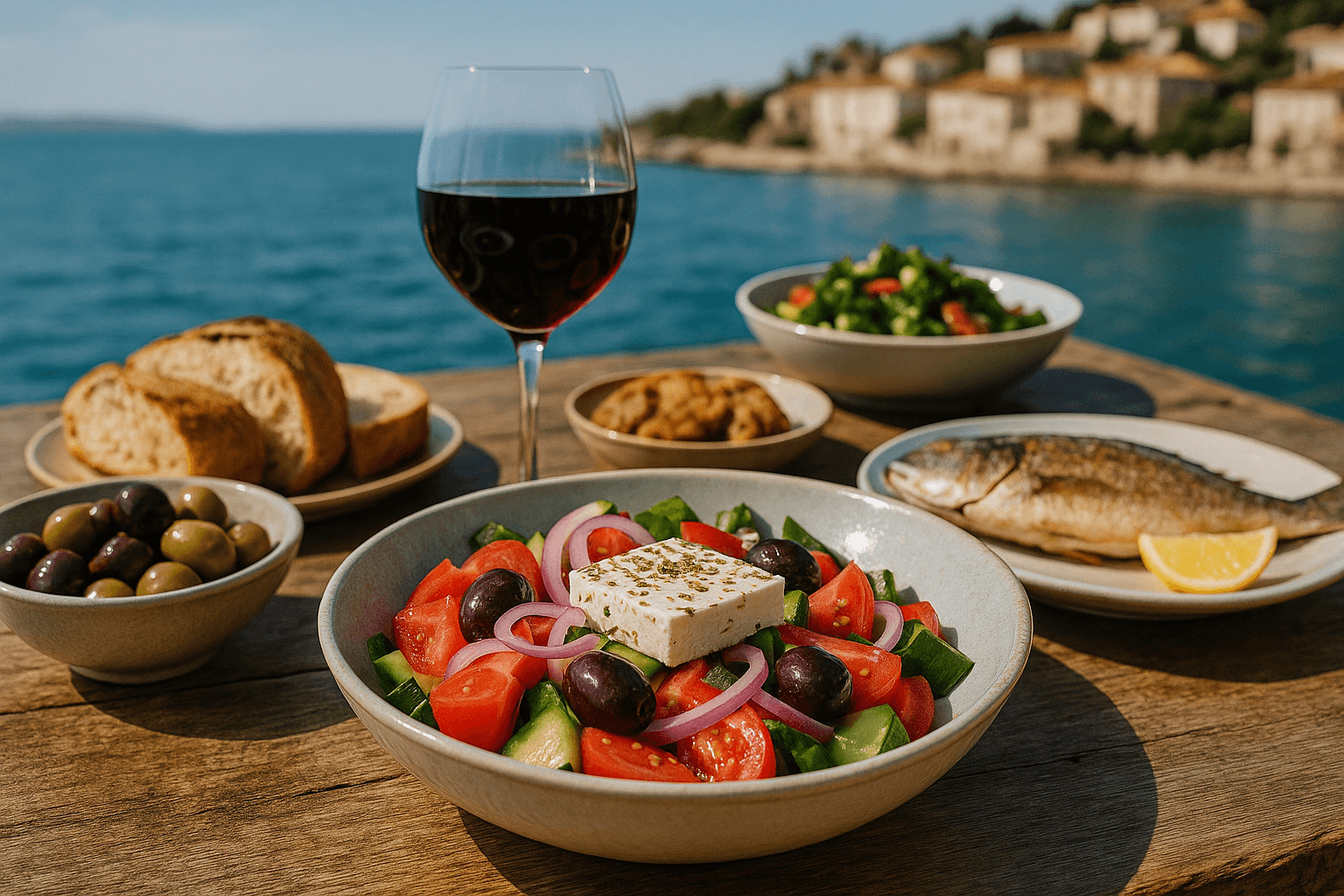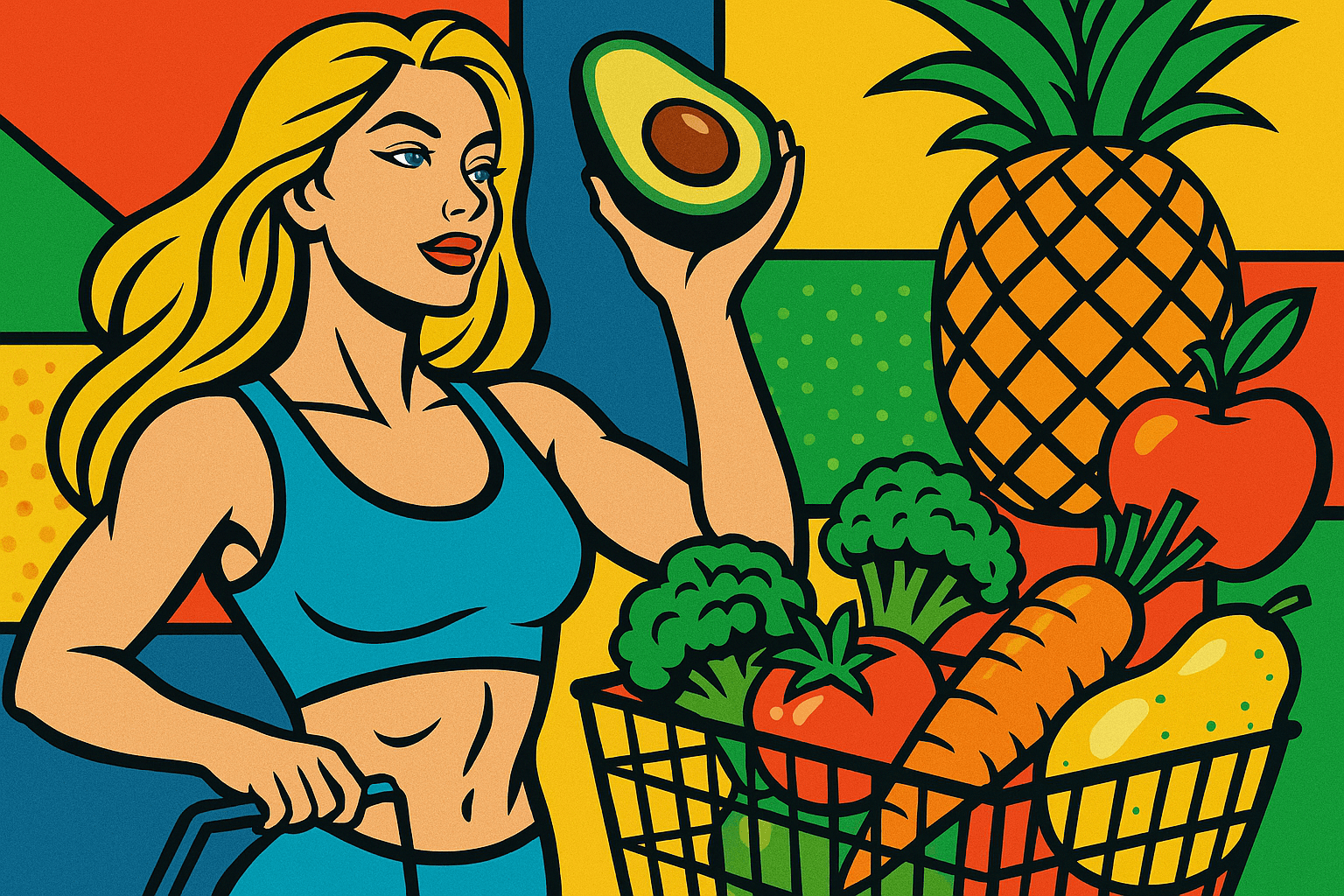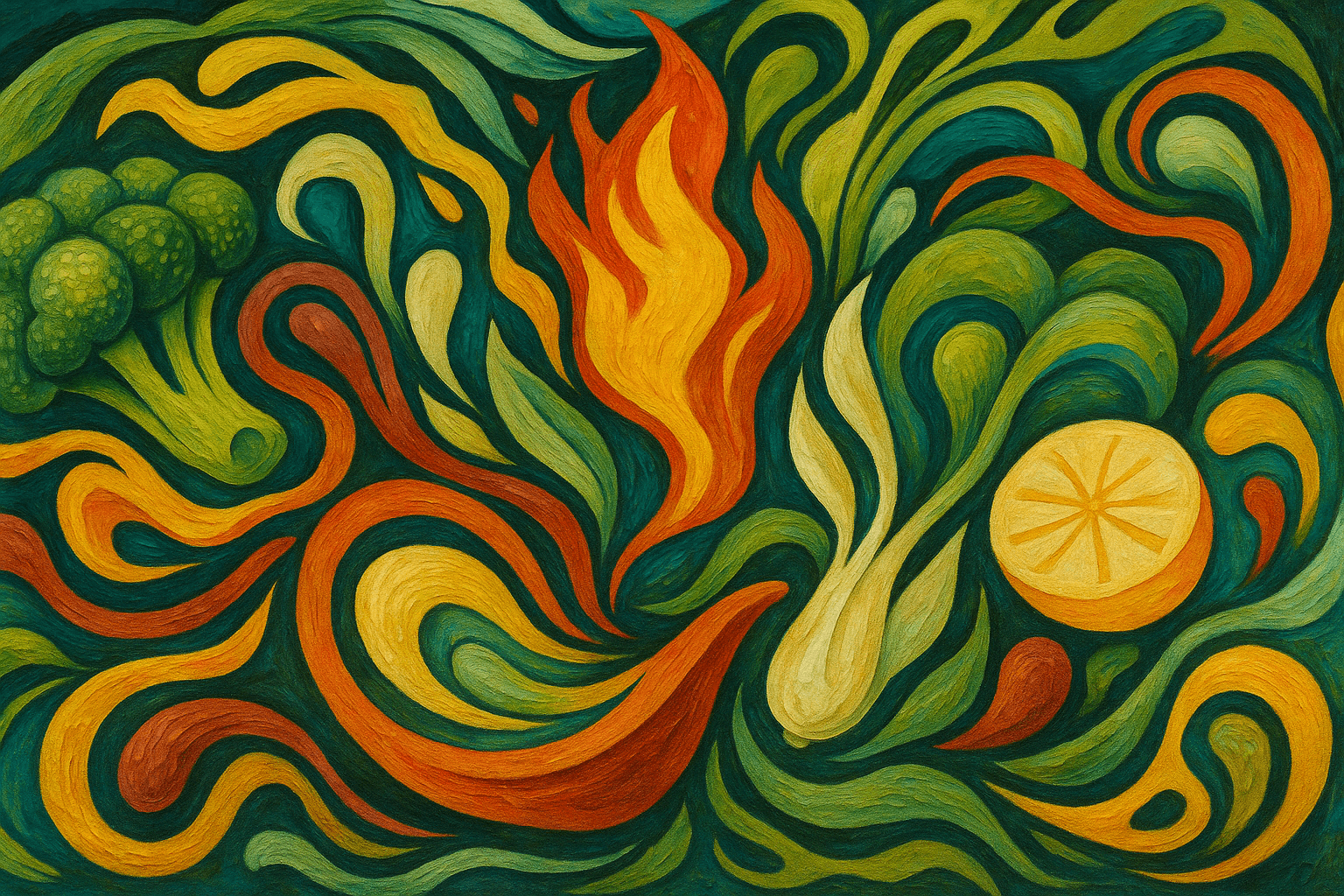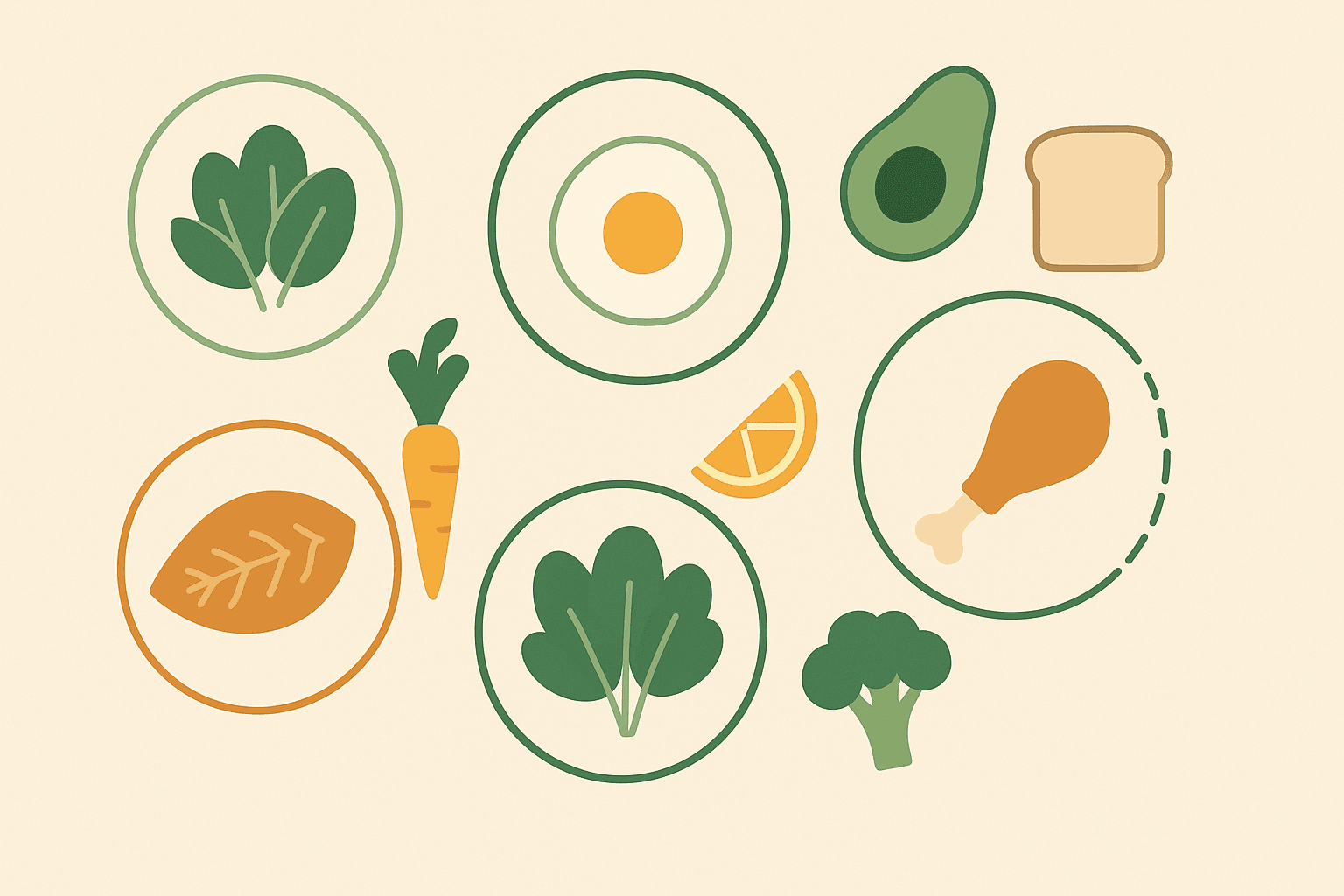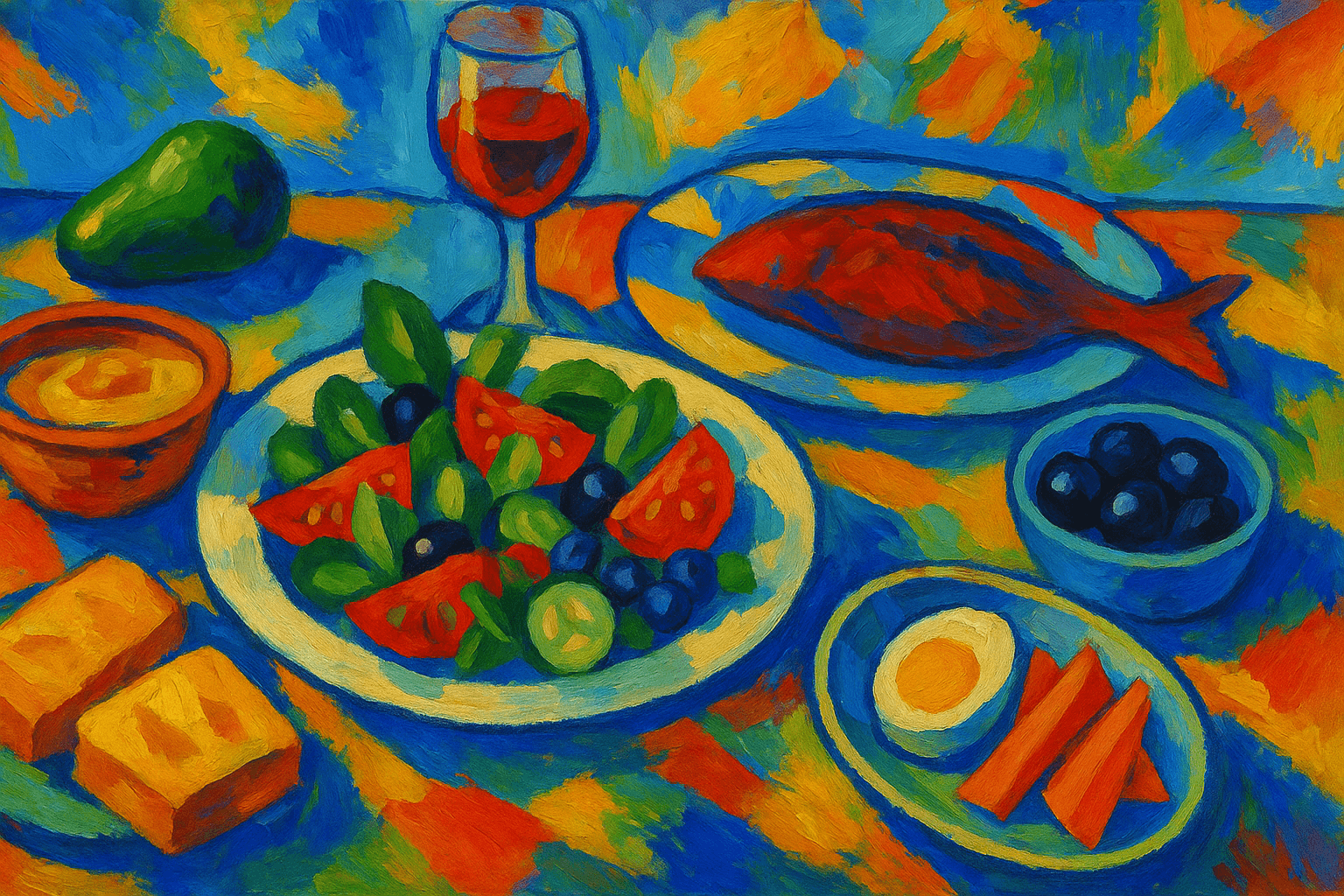Going Gluten-Free: A Practical Guide to the What, Why, and How (Without the Hype)
Published on June 11, 2025
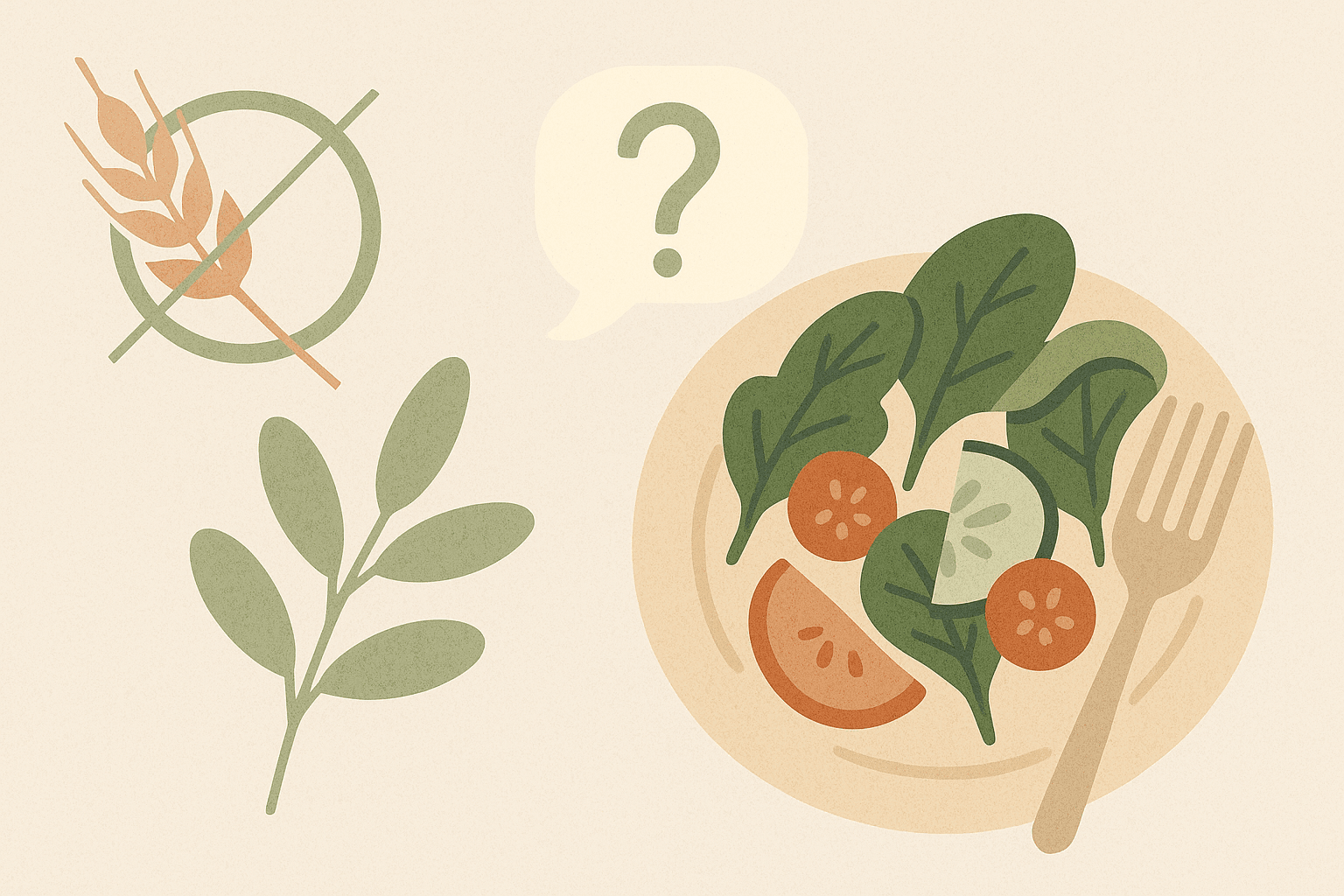
Gluten-free eating is no longer niche — but it’s still misunderstood. This guide explores what gluten really is, who needs to avoid it, and how to build a vibrant, nourishing gluten-free lifestyle that’s joyful, not restrictive.
What Is Gluten, Anyway?
Gluten is a protein found in wheat, barley, and rye. It gives bread its chewy texture and baked goods their structure.
Common gluten sources:
Bread, pasta, pastries, cereals, snack bars, beer
Sneaky sources:
Soy sauce, marinades, gravies, dressings, licorice
Who Really Needs to Go Gluten-Free?
Celiac Disease: Autoimmune reaction to gluten, damaging the small intestine
Non-Celiac Gluten Sensitivity (NCGS): Gluten triggers symptoms like bloating and fatigue
Wheat Allergy: Allergic reaction to wheat proteins, possibly including gluten
Consult a doctor before removing gluten — testing for celiac requires gluten in the diet.
Common Symptoms of Gluten Issues:
Bloating, cramping, diarrhea or constipation
Fatigue and brain fog
Skin rashes, eczema
Headaches or joint pain
Low iron, B-vitamin deficiency
Pros and Cons of Going Gluten-Free
Potential Benefits:
Improved digestion and energy
Reduced brain fog
Greater awareness of food choices
Potential Drawbacks:
Nutritional gaps (fiber, B12, iron, calcium, zinc)
Heavily processed GF foods can be high in sugar and low in nutrients
Social eating anxiety
What You Can Eat (A Lot!)
Naturally Gluten-Free Foods:
Fruits and vegetables
Meat, poultry, eggs, tofu, legumes
Rice, quinoa, millet, buckwheat, amaranth, certified GF oats
Dairy (milk, cheese, yogurt)
Healthy fats: avocado, olive oil, nuts
Herbs, spices, vinegars (check labels!)
Smart Swaps:
Soy sauce → Tamari
All-purpose flour → Almond or oat (GF certified)
Breadcrumbs → Crushed GF crackers
Pasta → Lentil or chickpea varieties
Label Tip:
“Certified Gluten-Free” is key for safety, especially with celiac.
How to Go Gluten-Free (Without Losing Your Mind)
Learn to cook basic GF meals — it’s cheaper and more empowering
Stock GF pantry staples and easy snacks
Repeat 3–5 favorite GF meals weekly
Focus on inclusion: what you can eat
Eating Out Without Stress
Call ahead and ask detailed questions
Avoid shared fryers and sauces
Stick to simple: grilled meat + veggies, rice bowls
Advocate for your health — always
Traveling Gluten-Free
Pack shelf-stable snacks: bars, oats, dried fruit
Use apps like Find Me Gluten Free
Bring translation cards for allergies
Watch Out For
Cross-contact at home: separate toasters, boards, utensils
“Wheat-free” ≠ gluten-free
Hidden gluten: bouillon, soy sauce, imitation meats, beer
Medications may contain gluten — check with pharmacists
Final Words
Going gluten-free doesn’t mean losing joy at the table. It means being intentional. With creativity and real food, you can thrive — not just survive — gluten-free. It’s not about restriction; it’s about respect for your body and biology.
With the right tools, gluten-free can feel like liberation — not limitation.



